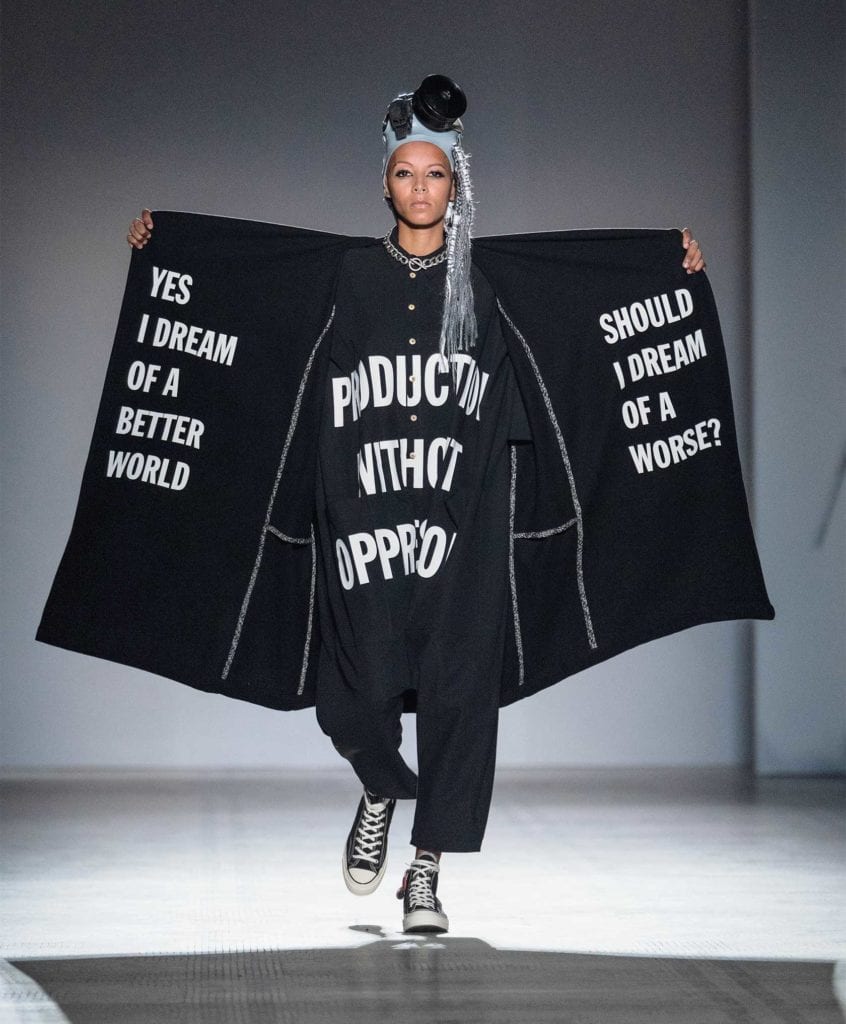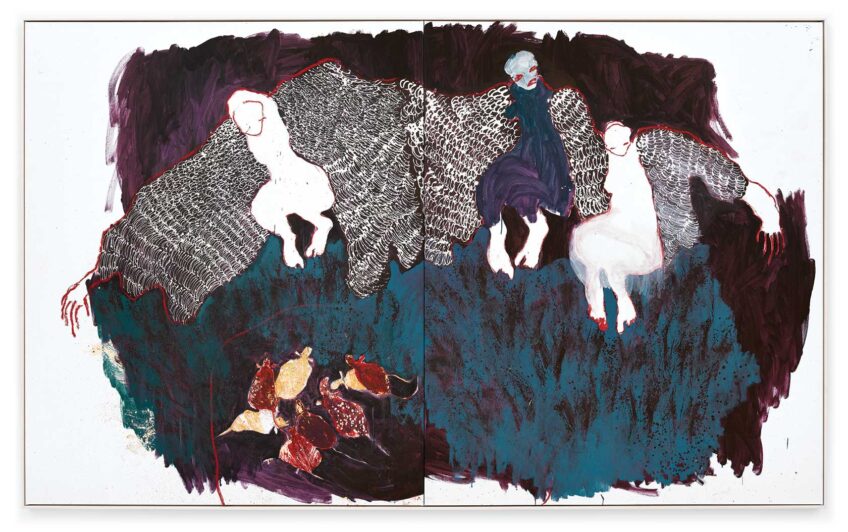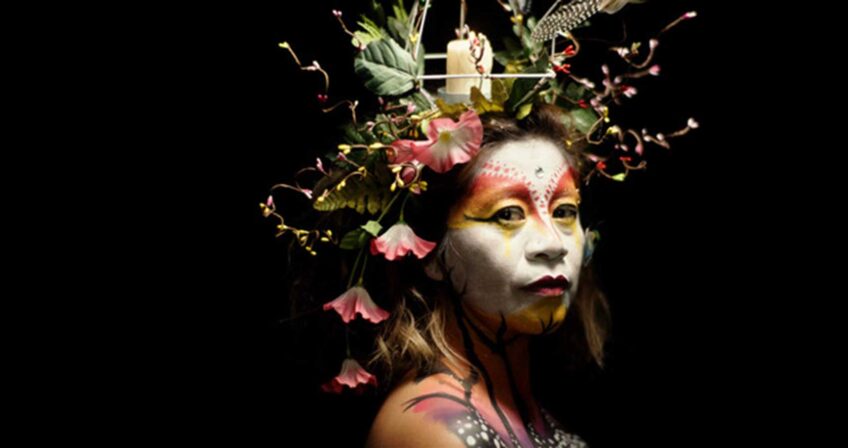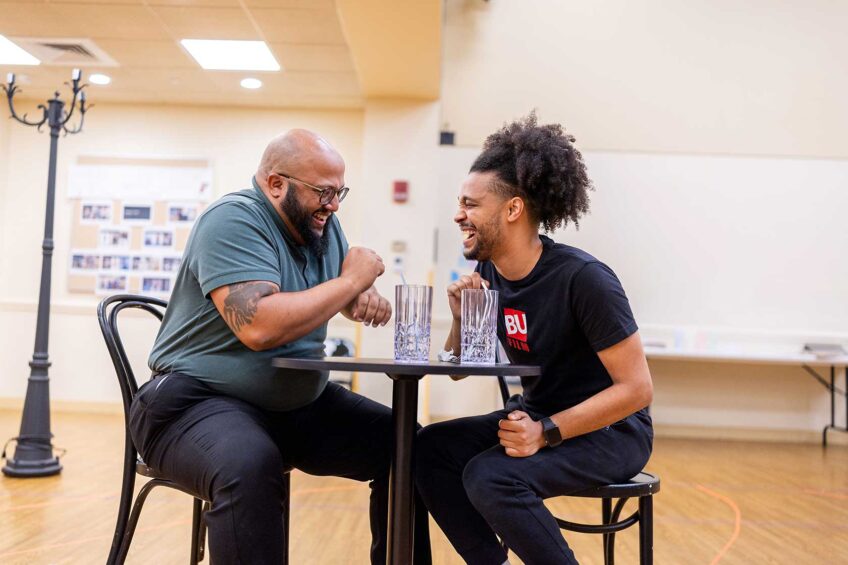Fashion forward — PEM exhibit explores 250 years of gains made by women in fashion

On Nov. 21, the Peabody Essex Museum in Salem transforms its galleries into a runway. Instead of the latest fashion week collections, visitors will find more than 108 mannequins sporting historical and contemporary outfits designed by pioneering women. “Made It: The Women Who Revolutionized Fashion” explores how fashion and female fortitude have shaped not only the clothes we wear, but also the political and social fabric of American society.
“Fashion history is really an interesting parallel to women’s history and social history,” says Petra Slinkard, PEM’s Nancy B. Putnam Curator of Fashion and Textiles and the exhibition co-curator. “And it helps to punctuate these turning points in the last 250 years, where women have made great advancements.”

Elizabeth Keckley, about 1861. PHOTO: COURTESY OF THE MOORLAND-SPINGARN RESEARCH CENTER, HOWARD UNIVERSITY ARCHIVES
One of the most powerful examples of those turning points is the story of Elizabeth Keckley. Born into slavery in 1818, Keckley learned to sew from her mother. Her impeccable technique earned her a reputation as a high-quality dressmaker, and through her commissions she was able to purchase freedom for herself and her son. But Keckley wasn’t stopping there. She opened a dressmaking shop in Washington, D.C. and became the personal dresser and couturiere to First Lady Mary Todd Lincoln as well as an author and notable civil rights activist.
“She embodies that first moment in transition as women start to make a name for themselves, as women start to make space for themselves,” says Slinkard. “To be able to include her story here in this narrative is quite an honor.”
Slinkard notes that in Europe, the designer Charles Frederick Worth, who is touted as the father of couture, experienced a similar career path to Keckley. He was dressing the European courts, the equivalent of dressing those in the White House here in the United States. And yet, while he rose to fashion fame, Keckley’s story wasn’t widely told until about 40 years ago because of her status as a Black woman.
Keckley is one of about 80 pioneering women featured in the exhibition. Others include Carla Fernandez, who prints powerful activist statements on her garments; Jamie Okuma, who interweaves Native American beading techniques into her wearable art garments; and Maria Theresa Baldwin Hollander, who created a retail empire in New England in the mid-1800s, when women generally weren’t allowed to have their own money, never mind run businesses.
It may be more than 200 years since Keckley’s birth, but fashion is still just as central to our social and political experiences. A prime example is the white suit Kamala Harris wore during her acceptance speech as Vice President-elect. The suit was a reference to the suffragettes, who frequently wore white as part of their movement for women’s voting rights. This year is the centennial anniversary of women’s suffrage. But Harris’ outfit also illustrates the sartorial, and therein social, advancements of women, for example the ability to wear pants freely and utilize fashion for function as well as style. These fashion freedoms may be taken for granted now, but were hard-won by the women of “Made It.”
The many articles written about Harris’ look further illustrate the pervasive importance of garments in our contemporary world. While they have often been used to restrict women, they can also be used to illustrate female freedom.
Slinkard hopes that the show inspires and establishes a connection for viewers. “What I’d like for visitors to walk away with,” she says, “is to see themselves, to see their mothers, their grandmothers, their aunts, to see components of their own lives represented in these stories.”








